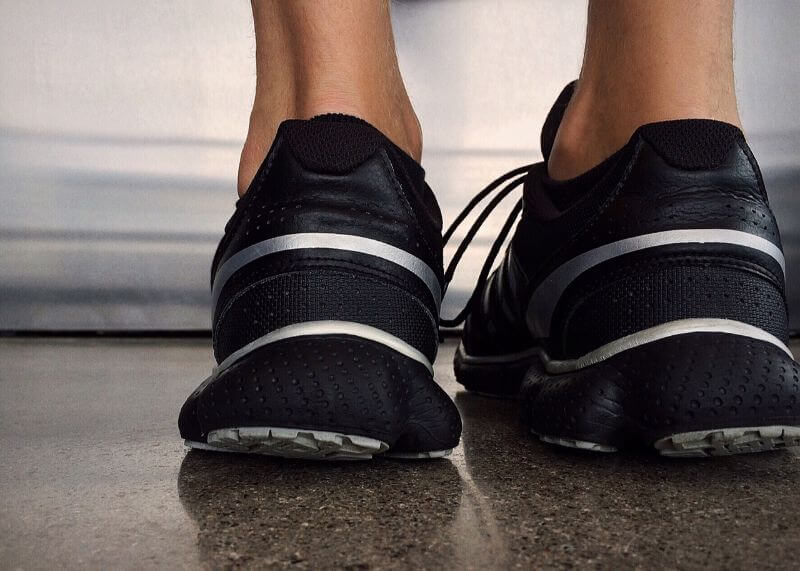Athlete’s foot is a condition that most people will have heard of, even if they’ve never suffered from it. At Feet By Pody, it’s one of the most common foot issues we treat on a regular basis, on feet of any age.
Here’s everything you need to know about athlete’s foot, including how to avoid it and how to treat it.
Athlete’s Foot: a Summary
Athlete’s foot – also called Tinea Pedis in the medical world – is a fungal infection that commonly appears on the skin of the feet, and is from the same bacterial family as ringworm. It is highly contagious and can spread to the toenails and also, sometimes, to the hands.
Athlete’s foot can present in various forms. WebMD identifies three different types of athlete’s foot:
- Toe web infection: when the fungus affects the skin in between your toes. This may present as red, dry, scaly skin with a burning sensation that may give off an unpleasant odour.
- Moccasin infection: spreading along the soles and up the sides of your feet and heels, moccasin infection is dry, itchy skin that may thicken with time, and crack. This can also affect your toenails, with them thickening and crumbling, and perhaps even falling out in severe cases.
- Vesicular infection: a vesicle is the medical term for a blister, which is the identifying symptom of this infection. Commonly on the soles or in between toes, small red blisters can burn and itching may pop them, leaving you susceptible to further infection.
The NHS guide to athlete’s foot has some images to help you identify if you are suffering from the condition – although they aren’t for the faint-hearted!
Why Is It Called Athlete’s Foot?
Athlete’s foot, as you would imagine, is common amongst athletes, as some of their training and daily routines encourage the development of bacteria and can be a breeding ground for spreading the infection.
As with other fungal and bacterial infections, like fungal toenail infections and verrucae, athlete’s foot relies on warm, moist environments to thrive, so sweaty socks and trainers can be a common starting point for the infection to develop.
Communal areas such as changing rooms, shower facilities and gyms where people often go barefoot or may – knowingly or unknowingly – share items like towels or socks, mean that the chances of coming into contact with other infected feet is higher than usual.
If You Develop Athlete’s Foot
Treatment can take various forms. Visiting your pharmacist or podiatrist should be your first point of call if you suspect you have athlete’s foot. You may be advised to use an antifungal cream, spray or powder. If these don’t work, prescribed medicines and steroid creams can be advised by your GP.
Avoiding the Spread of Infection
To avoid athlete’s foot:
- Wash and dry your feet daily with a clean towel, paying particular attention to the skin between your toes
- Wear clean socks, preferably cotton or bamboo which wick away moisture
- Air your feet as often as you can at home
- Avoid going barefoot in communal areas – wearing flip flops can help keep your feet away from others’ infections
- Don’t wear the same shoes every day, especially if they cause your feet to overheat
Most importantly – pay attention to your feet! Keeping a close eye on your feet and the condition of your skin can help to nip any problem in the bud before it develops into a nasty infection. Keeping regular chiropody appointments can help keep your feet in tip-top condition.
Our friendly team across our London-based clinics are ready and waiting to help you. Book your appointment with Feet By Pody online, today.

